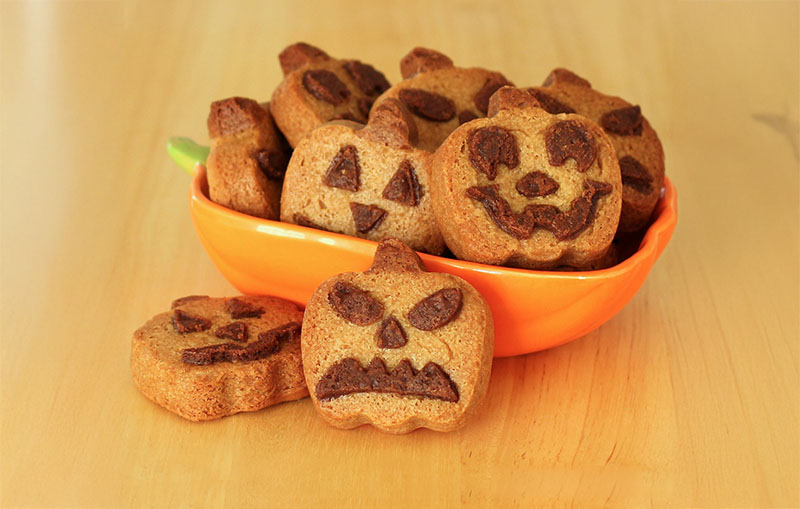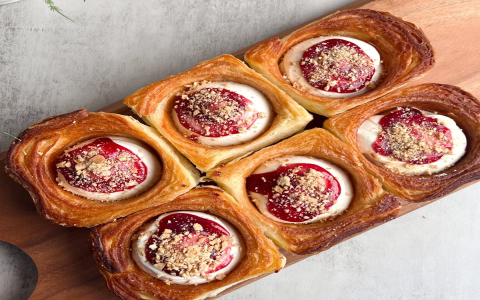Selecting and using the right baking mold is crucial for successful outcomes. Key considerations follow.
Material Types
- Metal: Aluminum or carbon steel offers even heating; non-stick coatings simplify release. Avoid acidic batters if uncoated.
- Silicone: Flexible, non-stick, and freezer-safe. Ensure food-grade quality; use a support tray when baking runny batters.
- Ceramic/Glass: Retains heat well; ideal for custards or pies. Reduce oven temperature by 25°F to prevent over-browning.
Selection Criteria
- Shape & Depth: Match pan depth to recipe requirements; shallow molds suit brownies, deeper ones for cakes.
- Size Accuracy: Measure mold volume using water displacement; deviations >10% require recipe adjustments.
- Heat Conductivity: Dark metals brown faster; light metals require standard baking times. Adjust accordingly.
Usage Best Practices
- Grease metal/ceramic molds thoroughly; silicone typically needs none.
- Fill molds ⅔ full to prevent overflow during rising.
- Preheat molds for crisp crusts on bread; chill for butter-rich pastries.
- Cooling: Rest cakes 10-15 minutes in metal molds before transferring; silicone allows immediate removal.
Maintenance
- Hand-wash non-stick coatings with mild detergent; avoid abrasive tools.
- Store nested molds with parchment separators to prevent scratches.
- Season uncoated carbon steel molds annually with food-grade oil.
Precision in mold choice and handling directly impacts bake structure, texture, and release quality. Always verify manufacturer temperature limits before use.














